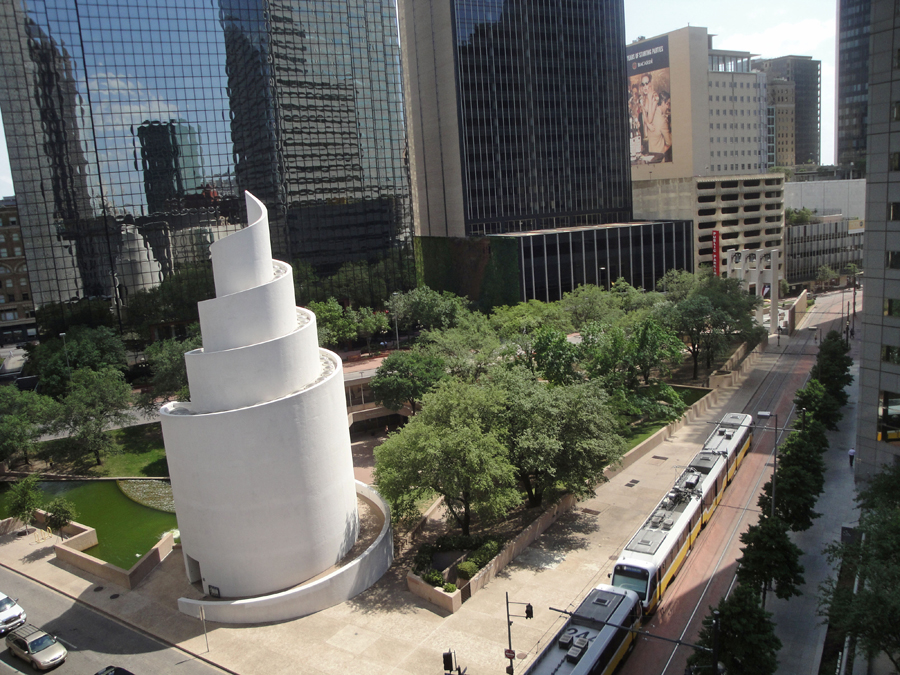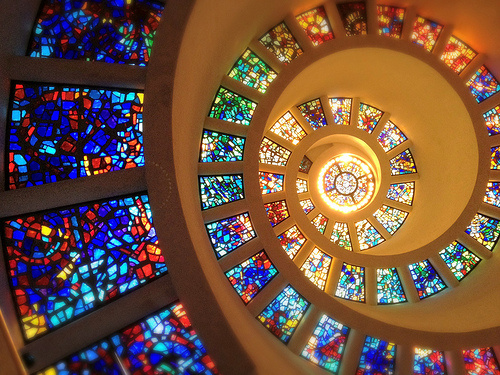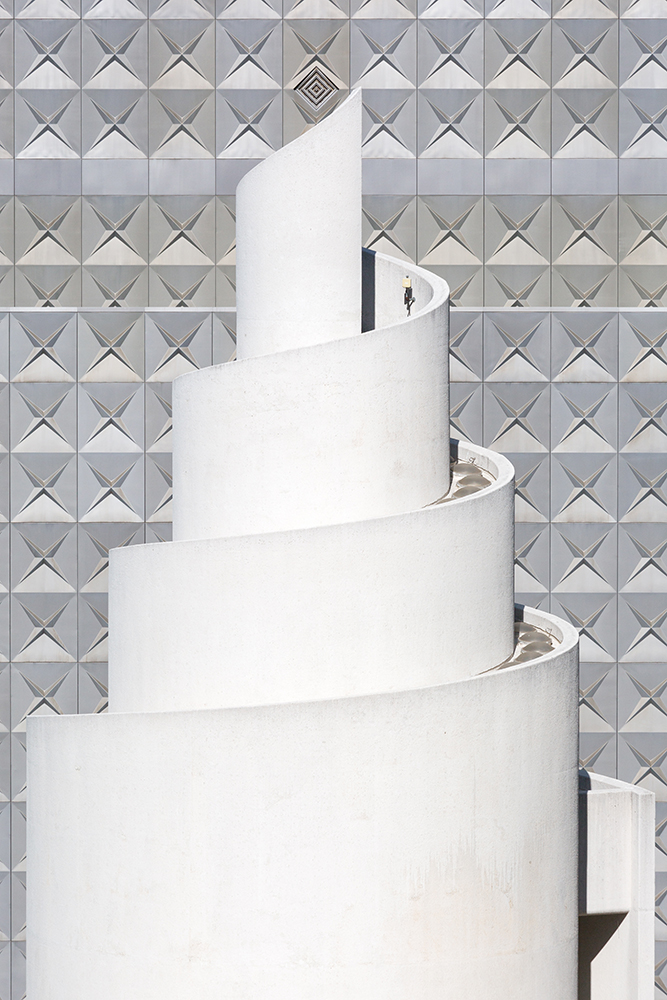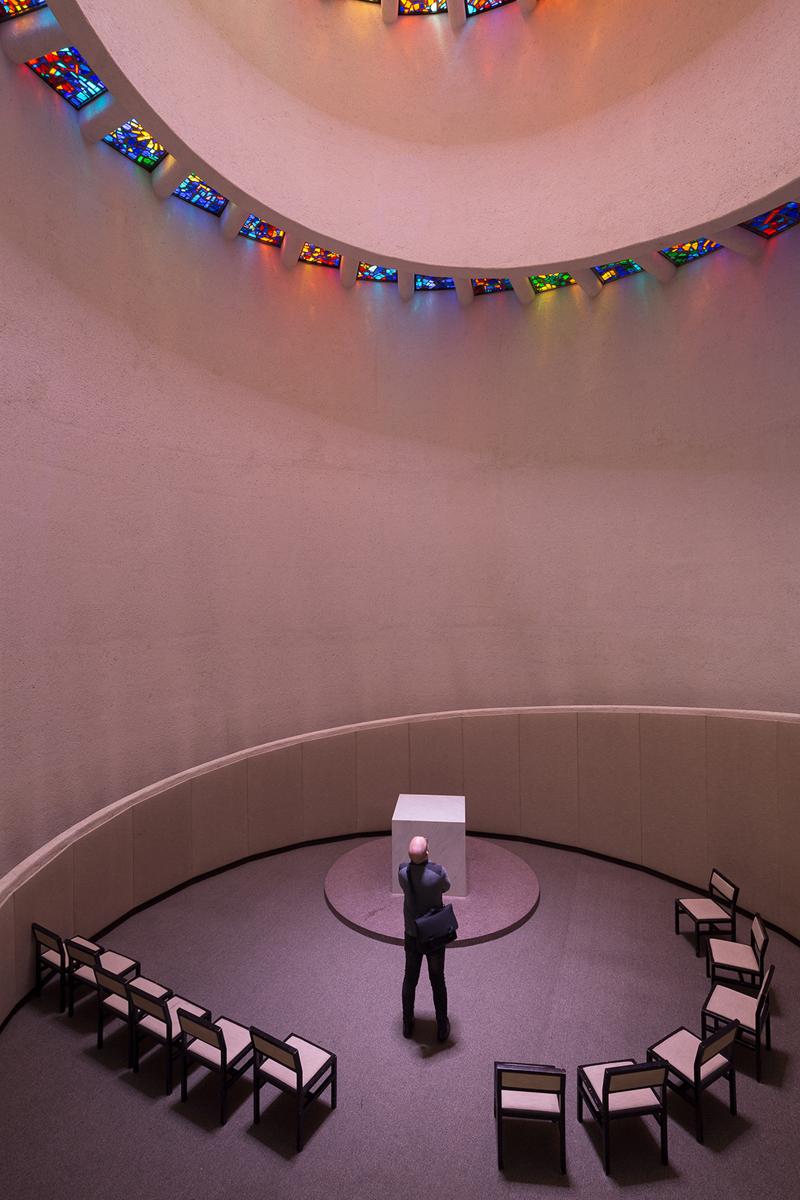April 18: Expanding the Curve
♫ Music:
Day 53 - Saturday, April 18
Hymn to the King of Glory: While hymning Your victory over death, we all praise You, and with Thomas we believe that You are our Lord and God, Who sits with the Father, and shall come again to judge the living and the dead. Grant that we may then stand at the day of Your coming, who now cry: Jesus, God of gods. Jesus, King of kings. Jesus, Lord of lords. Jesus, judge of the living and the dead. Jesus, Hope of the despairing. Jesus, Comfort of the mourning. Jesus, Provision of the poor. Jesus, Sweetness of my heart. Jesus, Strength of my body. Jesus, Light of my soul. Jesus, Liveliness of my mind. Jesus, Gladness of my conscience. Jesus, Hope unexcelled. Jesus, Remembrance everlasting. Jesus, Praise most exalted. Jesus, my Glory most sublime. To You alone belong all praise and glory!
Scriptures: Song of Songs 2:3; Matthew 6:13; Jude: 24-25
I delight to sit in [Your] shade, and [Your] fruit is sweet to my taste. [You] have taken me to the banquet hall, and [Your] banner over me is love. For Yours is the kingdom and the power and the glory forever and ever. Now to Him who is able to keep [us] without stumbling or slipping or falling, and to present [us] unblemished (blameless and faultless) before the presence of His glory in triumphant joy and exultation [with unspeakable, ecstatic delight]—To the one and only God, our Savior through Jesus Christ our Lord, be glory (splendor), majesty, might and dominion, and power and authority, before all time and now and forever (unto all the ages of eternity). Amen (so be it).
Poetry:
From Whose Beauty the Depths Are Lit
by Anonymous
Translated by Peter Cole
When one stands before the throne of glory, he begins reciting
the hymn that the throne of glory sings each day:
King of kings,
God of gods
and Lord of lords,
encircled by braided branches of crowns—
encompassed by branching commanders of radiance—
who covers the heavens with wings of His splendor
and in His majesty appears on high;
from whose beauty the depths are lit,
whose glory flashes across the sky—
proud envoys shoot forth from His form,
powerful creatures explode from His crown,
and princes course from the folds of His robe.
All the trees rejoice at His word
as the grasses delight in His joy—
and His words pour forth as fragrance
in flames of issued fire,
proffering pleasure to those who search them
and peace to those who make them live.
EXPANDING THE CURVE
Gabriel Loire’s Glory Window serves as something of a crown to Philip Johnson’s Thanksgiving Chapel in Dallas, Texas. More than mere ornament, the building’s purpose--to carry meaning, to shape the spirit, to lead worship—rest on those concentrated doses of exuberant form, rendered in luminous glass, many stories beyond the grasp of worshippers’ outstretched arms. The impenetrable, windowless, concrete mass that is the body of the chapel dramatically torques upward. From outside, this movement is inexplicable. Upon entering, it becomes clear that its weighty mass is mustering its power to leap toward glory.
I write this in the spring of 2020, in a moment when most everyone in the world with the means to has retreated to some impenetrable space, hopefully beyond the reach of an invisible new enemy. We have transfigured into a globe of impenetrable bunkers, making jokes about house arrest, our public spaces now just more faceless expanses of concrete. Behind our screens and inside our doors we share our newfound knowledge of how to live as islands, never more disembodied but never more painfully aware of each breath and each touch.
Philip Johnson, the architect, built his notoriety around his Glass House, the sensational home he built for himself in New Canaan, Connecticut (a town named as a reference of the promised land, in the biblical sense). It's four utterly, shockingly transparent walls were not merely an exercise: the house did serve as a home, as Johnson dwelled in it every weekend, even as throngs of spectators spent their days off driving toward it for a chance to see it in all its provocative openness. The transparency was not an invention of Johnson’s, but--as any historian would be quick to point out--an example of an idea almost synonymous with humanist architecture. As pioneering modernist architect Paul Sheerbart wrote in his influential Glasarchitektur in 1914, the ethos of modernism led to the belief that:
The face of the earth would be much altered if brick architecture were ousted everywhere by glass architecture. It would be as if the earth were adorned with sparkling jewels and enamels. Such glory is unimaginable. . . We should then have paradise on earth, and no need to watch in longing expectation for paradise in heaven.”
Johnson’s house was built on this hope, this faith, that paradise could be meticulously crafted on earth, that the Garden of Eden would reappear to us through the transparent walls of modern boxes. And yet, the Thanksgiving Chapel tells a different story, one we feel palpably in this historic moment: the promised land remains closed to us. Death is all around. We talk to each other through screens of glass, but are far more aware of the ways they divide than the ways they join. When the promises of glass walls ring hollow, the promises of stained glass ceilings emerge as a different logic, one that acknowledges we will continue to live in our bunkers in this life, separated from each other, from our Maker, from the promised land. And yet, we can look upward, toward concentric spirals of glory, and even as Loire’s windows reach their inevitable physical apex, as Johnson’s concrete spiral freezes mid-ascension, our hearts can be lifted toward a reality where our bodies aren’t limited by viral infections, by fears of violence, by death. In the moment of Christ’s death, the veil in the temple was torn in two. That barrier between us and the presence of the Divine: breached. The architectural distance between our beings and the glory of God himself: pierced. Johnson’s chapel mimics this piercing its spirals that beg to continue upward, eternally, through the stained glass veil.
We are in a season of mourning. We may feel forsaken of God. We may feel compelled to listen to voices calling us to take matters into our own hands, to follow the logic of fear, anxiety, of earthly authorities promising earthly salvation. And yet, in mourning, visions of God’s glory are all the more vivid. To Job, in his suffering, God came in the form of a spiral: a cyclone, spanning the gap between earth and heaven, both violent and transcendent. And yet He spoke in a still, quiet voice.
Prayer:
God, Maker, Creator of the earth and everything in it, please allow us to hear your voice in this moment when fear, anxiety, and the unknown threaten to swallow us in their vortexes. Let us look upward to your glory, even as we look to reach through the wall that divide us and show your presence to those who need it. Let us be the embodiment of your peace. Let others glimpse your glory through the way we move through the world. Let us be fearless in the face of death, anxious about nothing, eternally hopeful, looking past the hollow promises of heaven on earth and toward a glory that transcends all understanding. To You alone be the glory.
Amen.
Luke Aleckson
Professor, Department of Art
Executive Director, Center for Christianity, Culture & the Arts
___________________________________________________________________________
Thank you for joining us for the Lenten Season. We hope that in some small measure our devotional project brought you some comfort during these uncertain and challenging times.
We will be returning with our annual Advent Project on Sunday, November 29, 2020. If you subscribed to this Lent Project, you will automatically receive the Advent Project. We also want to sincerely thank those of you who have so generously donated to our fundraising campaign for the Advent and Lent Projects.
You may find additional resources, archived devotional Advent/Lent Projects, and the complete 2020 Lent Project on the CCCA website at this link: http://ccca.biola.edu/resources/collection/devotions/
Thank you for your support.
---- With gratitude,
The CCCA
About the Art:
Glory Window
Gabriel Loire, Stained glass artist
Philip Johnson, Architect
1975
Chapel of Thanksgiving
Thanks-Giving Square, Dallas, Texas
© The Thanks-Giving Foundation
Photo by Leonid Furmansky
Chapel of Thanksgiving
The Glory Window of the Chapel of Thanks-Giving Square takes its name from Psalm 19 and contains 73 panels of faceted glass that follow the spiral shape of the ceiling. Lower panels feature varying shades of blue, which to French artist Gabriel Loire, the designer of the window, represents the color of peace. As the spiral continues inwards and upwards, the colors become warmer and brighter until they reach the center where, 60 feet above the floor, the panels give way to a circle of beaming yellow light. Loire meant this progression to express life with its difficulties, its forces, its joys, its torments, and its frightening aspects. Bit by bit, all of that gives way to an explosion of gold where the summit is reached. The spiral ceiling contains one of the largest horizontally-mounted stained glass windows in the world. From his workshop in Chartres, France, Loire became a leader in the modern use of dale de verre, which uses 22 mm thick slabs of glass that are much stronger and thicker than the traditional colored glass of the Middle Ages.
Thanks-Giving Square
Pritzker Architecture Prize winner Philip Johnson was commissioned to bring the vision of Thanks-Giving Square in Dallas, Texas, to life. The Square is set fifteen feet below ground level with a four-foot wall blocking the sight of automobiles to create a serene, green island. At the western end of Thanks-Giving Square rises the bell tower where the processional experience begins. Walkways provide areas to sit and meditate. At the east end of Thanks-Giving Square stands the interfaith Chapel of Thanksgiving, a curving white structure symbolizing the ancient spiral of life and suggesting the infinite upward reach of the human spirit. (from the Director of the Chapel)
https://thanksgiving.org/
About the Artist and Architect:
Gabriel Loire and Philip Johnson
Gabriel Loire (1904-1996) was a French stained glass artist of the twentieth century whose extensive works, portraying various persons or historical scenes, appear in many venues around the world. He founded the Loire Studio in Chartres, France, which continues to produce stained glass windows. Loire was a leader in the modern use of "slab glass,” which is much thicker and stronger than the stained glass technique of the Middle Ages. Loire often expressed the view, "La paix donne la joie" ("Peace gives joy") in his work and particularly liked working with shades of blue, which he said represented to him the color of peace. His stained glass artistry, blending modern and traditional elements, attained worldwide appreciation and commissions. In addition to more than 450 installations in France, Loire's works are found in Scotland, Germany, Ireland, South Africa, Japan, Chile, Canada, Australia, and the United States of America. http://www.michiganstainedglass.org/collections/studiosartist.php?id=17-82-28
https://en.wikipedia.org/wiki/Gabriel_Loire
Philip Johnson (1906-2005) was an American architect best known for his works of Modern architecture, including his personal residence known as the Glass House in Connecticut, and his works of postmodern architecture. In 1978, he was awarded an American Institute of Architects Gold Medal and in 1979 the first Pritzker Architecture Prize. Before designing his first building at the age of 36, Johnson had been a client, critic, author, historian, museum director, but not an architect. By the fifties, Johnson was revising his earlier views, culminating with a building that proved to be one of the most controversial of his career—the AT&T headquarters in New York with its so-called "Chippendale" top. He became one of the most influential and sought-after architects of the late twentieth century.
https://en.wikipedia.org/wiki/Philip_Johnson
https://www.pritzkerprize.com/node/30
About the Music:
“Identity and The Ground from The Spheres” from the album Ola Gjeilo: Sunrise Mass
The Lyrics:
Sanctus, Sanctus, Sanctus
Dominus Deus Sabaoth.
Pleni sunt caeli et terra gloria tua.
Osanna in excelsis.
Benedictus qui venit In nomine Domini.
Osanna in excelsis.
Agnus Dei,
Qui tollis peccata mundi, Dona nobis pacem.
Lyrics Translation:
Holy, Holy, Holy
Lord God of Hosts.
Heaven and earth are full of Thy glory.
Hosanna in the highest.
Blessed is He who comes In the name of the Lord.
Hosanna in the highest.
Lamb of God,
Who takest away the sins of the world,
Grant us peace.
About the Composer/LyrIcist:
Ola Gjeilo (b. 1978) is a Norwegian composer and pianist living in New York. He is one of the most frequently performed composers in the choral world. An accomplished pianist, he is known for his trademark collaborations of improvisations played over his own published choral pieces. Although Norwegian by birth, it is Ola’s adopted country of America that has influenced the composer’s distinctive sound the most, evolving a style that is both contemporary and familiar. His music, with its thick harmonies and rich textures, is often described as cinematic and evocative. Gjeilo has had a special collaborative relationship with the vocal ensemble VOCES8, and during the 2015/16 season was their Composer-in-Residence.
http://olagjeilo.com/
https://en.wikipedia.org/wiki/Ola_Gjeilo
About the Performers:
Majorstua Kammerkor and Tore Erik Mohn
The Majorstua Kammerkor is a chamber choir founded in 1999. Based in Oslo, today the choir consists of 34 experienced singers who come from a variety of professions and backgrounds, but share the same enthusiasm for creating music. The choir performs primarily in the classical music tradition, but also performs folk tunes or jazz from time to time. The Choir performs regular concerts and performances in the Oslo region, sometimes in collaboration with renowned musicians. To date the choir's concert tours include Scandinavia, Finland, Estonia, the Czech Republic, Italy, Scotland, and Germany. Tore Erik Mohn led the choir from 2005 to 2011.
https://majorstuakammerkor.no/index.php/en/about
Tore Erik Mohn (b. 1961) is a Norwegian organist and conductor. Mohn holds a major degree in choir leadership at the Norwegian Academy of Music. He is an associate professor in choir conducting at the Norwegian Academy of Music and is a domorganist and conductor in Norway’s Fredrikstad Cathedral. Over the years he has conducted a number of large choirs in Norway, including the Oslo Philharmonic Choir, and recently held a temporary position in the Nidaros Cathedral. He is also one of the initiators behind the Egil Hovland Festival. Mohn’s interpretations are characterized by a large degree of closeness to the text and a strong willingness to communicate with the audience.
https://toreerikmohn.squarespace.com/
About the Poet:
Anonymous
About the Devotion Writer:
Luke Aleckson
Assistant Professor of Art
Executive Director of the CCCA
Biola University
Luke Aleckson is an Assistant Professor of Art at Biola University. He received his M.F.A. from the School of the Art Institute of Chicago in Sculpture and a B.S. in Art from the University of Northwestern, St. Paul, Summa Cum Laude. Past positions have included serving as Department Chair and Professor of Art and Design at the University of Northwestern, St. Paul and Director of Denler Gallery in St. Paul, Minnesota. Past exhibitions of his artwork have been held nationally, at venues such as the Chicago Cultural Center, the Minneapolis Institute of Arts and the Suburban in Oak Park, Ill. He maintains an active art practice out of Los Angeles, in which he explores disciplines such as sculpture, digital modeling, video art and installation art. Past honors include the Minnesota State Arts Board Artist Initiative Grant, Illinois Arts Council Artists Fellowship Award, the SAIC MFA Fellowship Award and the Harvey Fellowship.



